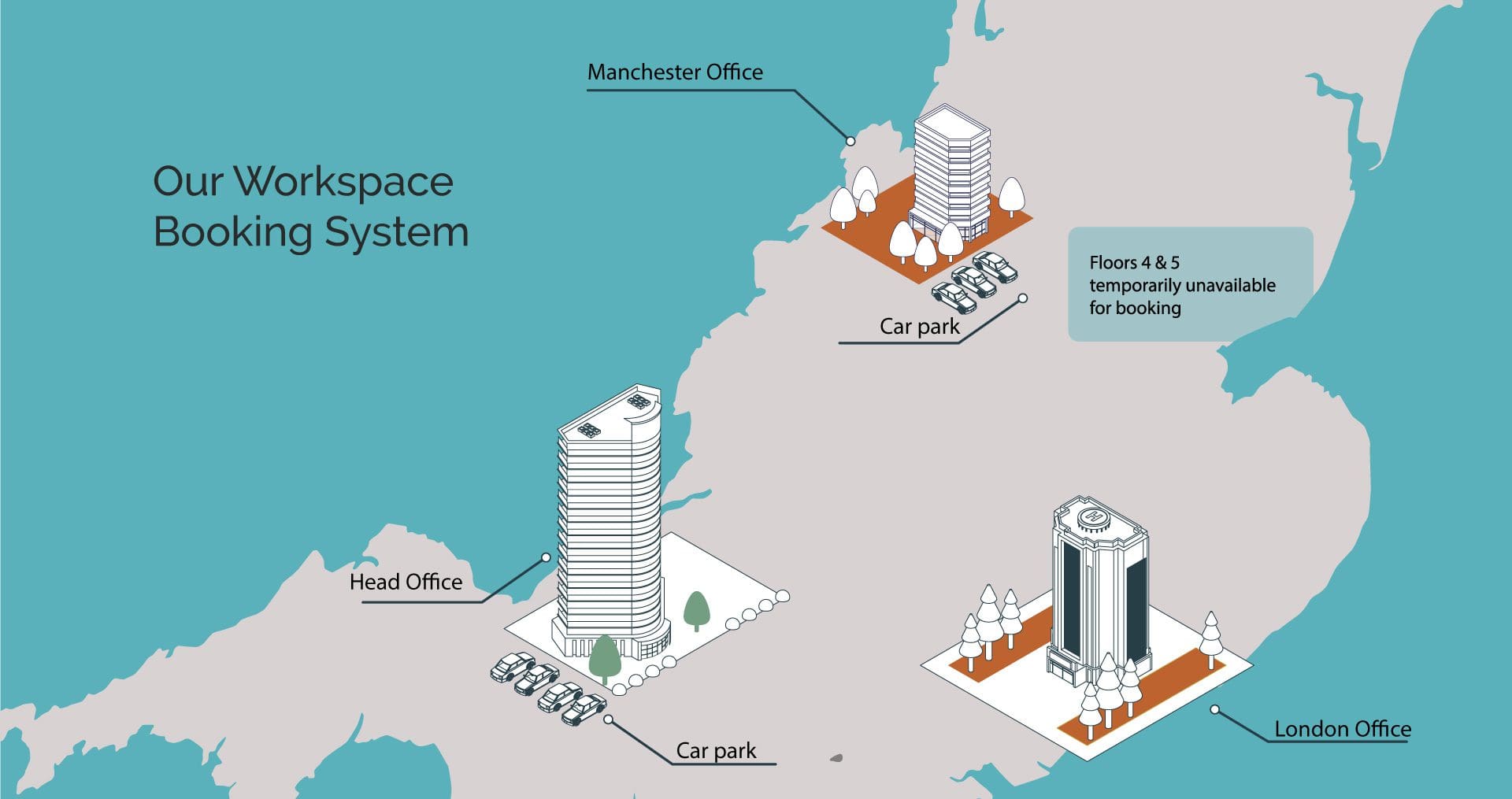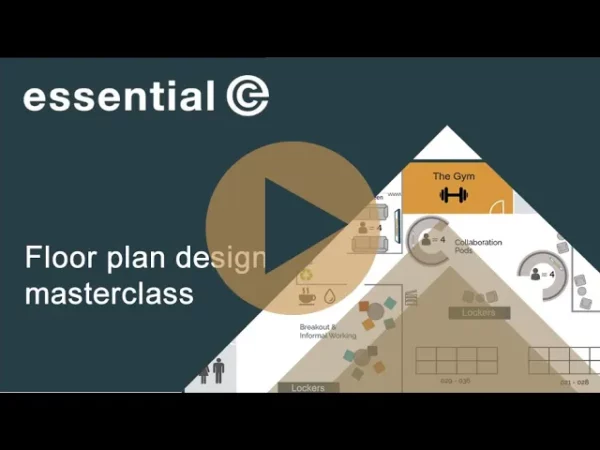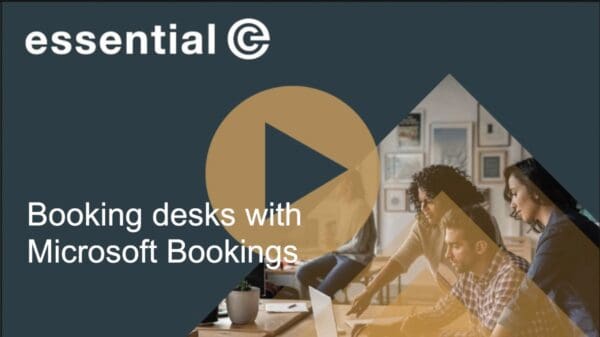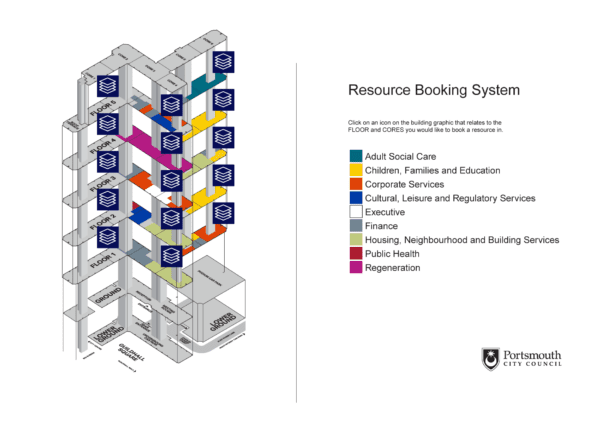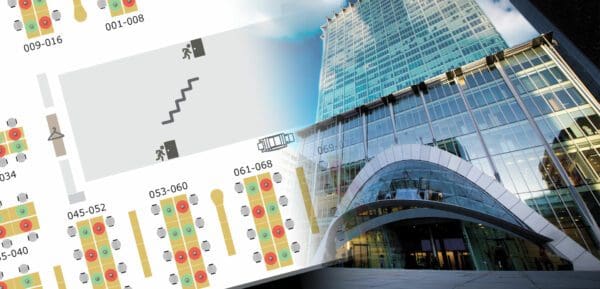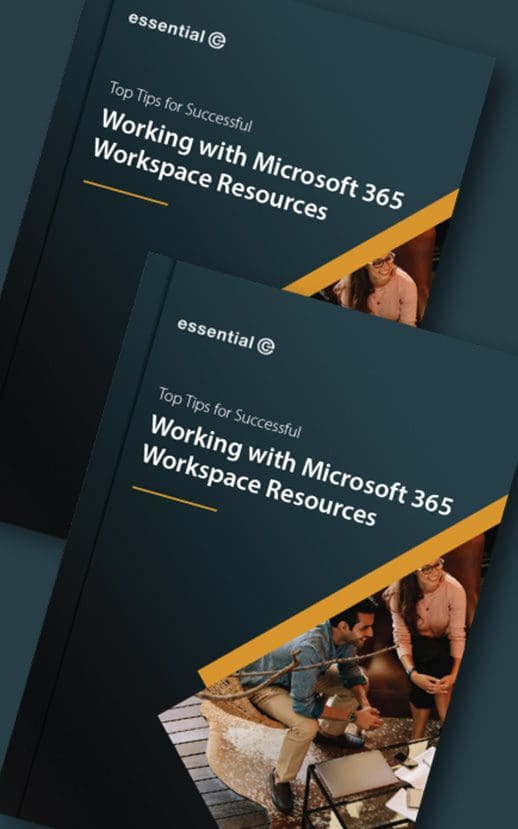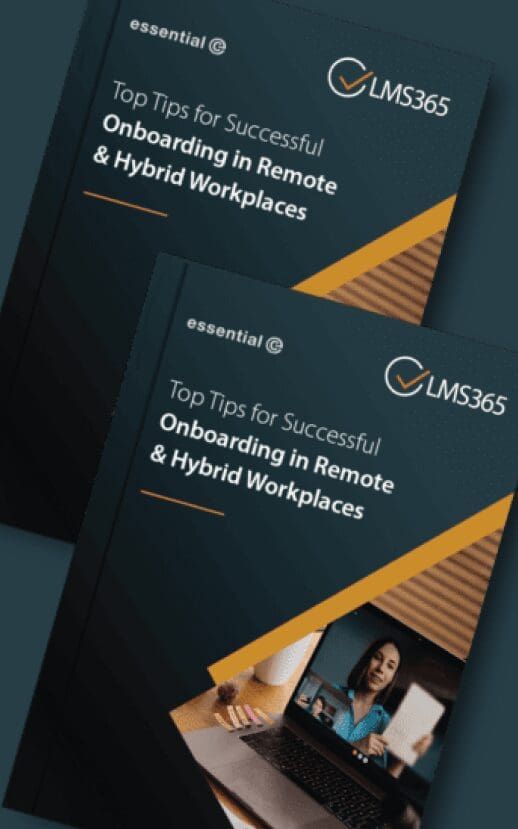Desk booking
Do you still need a desk booking system (when there’s so many empty seats)?
Let’s face it: The general trend for working from home along with the rocketing cost of commuting, traffic jams and great video conferencing facilities could mean that there’s JUST SO MUCH empty office space. According to recent studies, two thirds of desks remain unused.
So is a desk booking system still essential?
The ‘current’ reality is that you could pitch up any day of the week and get a plum desk or a meeting room…. without the need to pre-book it.
Whether you’ve been able to downsize your office space, or are ‘stuck’ with an overly large portfolio of office spaces, workspace booking systems still play a vital role for enterprises and in many ways.
Here’s just a few reasons:
Saving on Energy Consumption in the Office
Essential has had a number of requests from existing customers wanting to block out entire floors from their desk and room booking systems in a bid to reduce costs.
Whilst the British summer doesn’t demand much in the way of air conditioning, there’s still the costs of lighting, cleaning services, etc., to consider.
Fast forward to the winter, colder weather could also drive individuals back to the office in a bid their own energy bills.
The pincer effect of both businesses and individuals each wanting to shrink energy bills will make finding a desk in the office like a game of musical chairs.
This is where a desk booking system can help:
- Shrink energy and services costs: You can restrict office utilisation to smaller areas that are easier to heat/maintain and use a desk booking system to ensure a workspace on arrival.
- Analyse booking trends: A workspace booking system will give you a way to accurately track demand and be able to re-open sections of the office as needed.
Coping With (and Flattening) the Mid-Week Peak
The modern ‘hybrid’ workweek has seen a significant shift, with many employees now preferring to visit the office primarily on Tuesdays, Wednesdays, and Thursdays (there’s an acronym for this a customer shared with me – I’ll let you figure it out!).
This trend has created what’s often referred to as a ‘peaky’; office occupancy situation, where the demand for office space and resources surges midweek while remaining low on Mondays and Fridays.
Balancing these fluctuations in occupancy is no small feat.
Facilities managers must consider the cost implications of maintaining a fully operational office for just three days of peak usage, as well as the potential inefficiencies and employee dissatisfaction that could arise if the workspace is overbooked or uncomfortable on these days.
How a workspace booking system can help:
- Avoid mid-week cramping. Make mid-week office visits subject to pre-booking a desk.
- Distribute bookings more evenly throughout the week:
- Consider implementing policies in your workspace booking system. For example, you could introduce a round-robin system where say, the sales team can only book large meeting rooms or team spaces on Mondays or Fridays on the 2nd week of every month.
- Encourage employees to book desks on less popular days, such as Mondays and Fridays, by offering incentives like reserved parking (again, facilitated by your workspace booking system).
You may also be able to use your workspace booking system to support other value-add facilities and promote wellness to your workforce.
For example, one of our customers is using the concept of ‘pooled resource bookings’ to allow its workforce to book spaces in a yoga classes being held in a large meeting room on quieter days.
Enabling Office Re-shaping
A workspace booking system plays a role in helping identify which types of resources are most popular amongst your workforce.
- Are quiet spaces favoured over collaborative spaces?
- Are small meeting pods more popular than larger meeting rooms?
With this information organisations can make informed decisions about how to optimise and re-work their office environments.
This data-driven approach ensures that your workplace evolves to meet the needs of employees, fostering a more efficient and supportive work environment.
Sub-Letting Your Unused Office Space
Organisations with excess office space and for the foreseeable future can potentially leverage their workspace booking systems to offer these facilities to an external audience.
By doing so, they can change what would otherwise be underutilised space into a valuable asset, generating a return on investment (ROI).
This approach, however, requires appropriate physical security and access to separate facilities such as WCs and coffee areas, so that visitors do not encroach on your workforce occupying the remainder of your office.
Making Life Easy for Remote & Office-Based Workers
For staff who don’t visit the office regularly, frequently work from different locations, or are new to a particular office space, the ability to pre-book a desk with the necessary facilities makes for a stress-free visit.
Conversely, excluding specific desks from the booking system can be equally beneficial for employees who are permanently office-based or who need to consistently sit with specific co-workers to effectively fulfil their roles.
This flexibility ensures that the workspace meets the diverse needs of both hybrid and office-based teams, fostering productivity and collaboration.
Conclusion
When your workforce sees a number of visibly empty desks when they visit the office, it can lead to questions about the necessity of pre-booking desks in advance.
To mitigate this, it’s important to communicate the rationale behind desk booking – or even using occupancy monitoring techniques.
Shrinking the available office space is a deliberate strategy aimed at several goals: reducing energy costs and fostering a more vibrant and collaborative environment.
You might also wish to gain insights into the types of spaces that are truly needed, whether that means more quiet desks, additional small meeting pods, or other configurations.
By clearly explaining these objectives, you can help your team understand the benefits of the current system and why it’s essential for the overall efficiency and effectiveness of the workplace.

